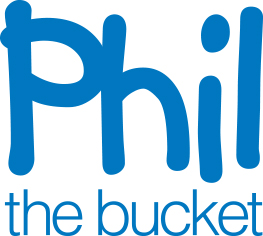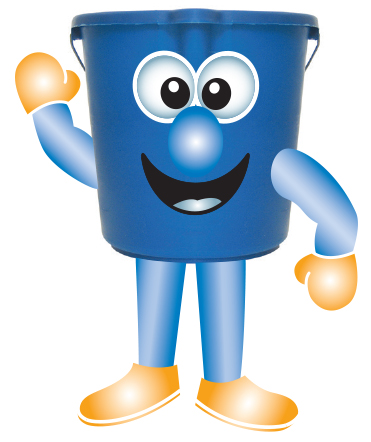Hi there!
Thanks for stopping by.
You’ve just scanned the QR code of on one of GWMWater’s vehicles; nice work!
I’m Phil the Bucket, your friendly GWMWater water-wise mascot, here to splash you with some helpful info and a smile.
Whether you're curious about what we do, want to get involved, or just wondering how full the reservoirs are - I’ve got you covered.
What would you like to know?
• Check reservoir water levels to see how our reservoirs are tracking.
• Want join the team and work with awesome people who care about water and community?
• Apply for sponsorship for your next community event.
• Find out about our education programs.
• Be a water saving hero and discover easy ways to save water at home and work.
• Got a question or need help? Reach out to our friendly team 24/7.
Catch you later, water mate!

Keeping your Trade Waste Consent or Agreement up to date
If your eatery has changed its eat-in capacity or the type of trade waste it produces, you'll need a 'Consent to Discharge' from us.
To make sure everything stays compliant, please get in touch with us within 30 days of any changes so we can help you renew your consent.
Need to cancel your Trade Waste Consent or Agreement?
If you're wrapping up operations or your business circumstances are changing, we're here to help make the process easy.
Trade Waste Consent (Category 1 and 2)
To avoid ongoing fees and reporting requirements, please let us know in writing at least 30 days before:
- your final day of producing trade waste
- vacating the property
- any significant change to your business setup.
Trade Waste Agreement (Category 3 and 4)
To cancel your Trade Waste Agreement, please contact us.
Understanding trade waste penalties
To help keep things running smoothly, it's important to follow the conditions of your Consent to Discharge.
Penalties may apply if you:
- discharge trade waste without a consent
- don't meet the conditions of your consent, including maintenance reporting requirements.
If you're unsure about your obligations or need support, we're here to help.
Reach out to us for more information.
Wimmera River diverters (below Glenorchy weir)
The trigger which allows Wimmera River surface water licence holders, below Glenorchy Weir, to access their water under their irrigation or commercial licence has not been met.
As of 1 July 2025, Wimmera River surface water licence holders are not permitted to irrigate during the 2025/26 year.
Wimmera River trigger rules
Licenced irrigators may take 50% of their licenced volume through an approved meter when: A minimum of 8,000 ML has flowed through the Glenorchy gauging station between May and August of the calendar year.
Licenced irrigators may take 100% of their licenced volume through an approved meter when: a minimum of 10,000 ML has flowed through the Glenorchy gauging station at any time during the calendar year.
Avoca River diverters (below Charlton weir)
The trigger which allows Avoca River surface water licence holders, downstream of Charlton Weir, to access water under their irrigation or commercial licence has not been met.
As of 1 July 2025, Avoca River diverters are not permitted to irrigate during the 2025/26 year.
Avoca River trigger rules
The rules to determine if a 'take and use' allocation can be allowed are:
A flow rate of at least 100 ML/day must be recorded at the Quambatook South flow gauge, and river flow must have reached Lake Bael Bael, before water can be extracted for irrigation or commercial purposes. Once water has reached Lake Bael Bael and there is adequate flow in the river to allow irrigation, diversions can commence.
Further information...More about 'taking and using' surface water Depending where you’re located in our region, you may be eligible to apply to harvest and use surface rainfall runoff, including from streams, rivers, creeks and catchment dams. |
We host two Customer and Stakeholder Workshops each year to engage a broad range of stakeholders in the Grampians, Wimmera and Mallee about issues affecting our work and our future direction.
All are welcome!
To join our Customer and Stakeholder Workshop mailing list please email
VCE Awards
GWMWater are proud to donate sponsorship awards recognising high achieving VCE students at local secondary colleges.
As part of our commitment to supporting students excelling in science or innovation, we provide an award certificate and book voucher to secondary schools in our service area.
VCE Student Grants
A GWMWater initiative aimed at supporting the next generation of science and innovation leaders!
As part of our commitment to investing in the community and future workforce, the grant provides up to $1,000 to assist VCE students with the cost of university books.
Each year, we are proud to offer this sponsorship to five exceptional students who demonstrate a passion for science and innovation.
Page 1 of 18


